All this month, we’ll be helping Children’s Hospital Los Angeles‘ Make March Matter campaign, which aims to raise over a million dollars in March alone for CHLA through the efforts of its corporate partners, among which we are proud to be numbered. Children’s Hospital Los Angeles sees over 528,000 patient visits annually, and is the top ranked pediatric hospital in California by US News & World Report. You can help Make March Matter by simply attending one of the many events or participating in one of the many initiatives being offered by CHLA’s partners (including our event on Saturday, March 17), all listed at www.makemarchmatter.org.
To help remind us all to Make March Matter to support children’s health, we’ll be focusing on kids’ comics and childhood favorites, because we firmly believe that escaping into literature is just as important in keeping children healthy and happy.
Millions of times upon a time, approximately, a child bought a comic book and contributed to a change in the world. Seriously.
Comic books were essential as a medium where superheroes as a genre found a natural home. Superheroes existed before this, all the way back to the nineteenth century and some versions of Spring-heeled Jack. What changed was the audience.

These three men have never been villains in a Superman comic.
But he shows the power many helpless children wished they had.
They were the first real purchase a child could make by which they could establish their own identity. Before comics children were largely ghosts of their future, adult selves. They had nothing to offer, and were meant to be seen and not heard waiting for the single day they made the prodigious leap from childhood to adulthood.
It was the Great Depression, an experience so overwhelming economics deleted “depression” from its dictionary. It fooled everybody who was an economist.
Kids had strung out parents. The expression “put supper on the table” implied an achievement. It didn’t always happen. Neither did Christmas presents.
But by 1938 the GDP of the United States was approaching the GDP of 1929. It took them a decade to get back to where they started. It was enough that many children had a dime which they didn’t have to use to let their parents have a meal. They could have a childhood again.
Children used their dimes to buy comic books that defined them. Superman and Batman embodied that decision.

Two men, one hold a gun and the other holding his hat. Which one does Batman grab?
And why is the sky yellow? Funny nights, Gotham City has.
Back then, children were meant to be seen and not heard. Shut up. Remember, smacking a kid was OK. So was smacking your wife. Even the streets were dangerous.
Some of them saw dad beat mom. And of course, Superman beat a guy who did that. He used immense strength and immunity to weapons to act like a bully and beat up people he thought were doing wrong. In the story, he was always right.
Streets were dangerous and Batman left his secure place in society to fight in this dark, grungy world. When he started out he fought vampires, staking them in their coffins. He lassoed a giant’s neck and flew his plane with the giant corpse dangling. He carried a gun and his plane had twin machine guns which he’s shown using.

And he strangles a giant: the vampire and the giant are the unacknowledged predecessors of his mutilated villains
This is the origin of the grotesque villains Batman became famous for. The Joker, Two Face, Penguin, and others. The vampires and giants preceded them and I think inspired them. Batman is the noble who battles an ugly world in the name of the innocent.
Kids had the choice which version to buy with their dime. It defined them. But there was one thing that unified these two stories and many after. Neither Superman nor Batman had any money problems. When Starman was added to the list, DC thought it would be a third titan of the genre. He wasn’t, but he had no money problems either.
When Wonder Woman joined, she was rich, too. I know, she’s a princess from Paradise Island. But whatever money she has there does not work in the United States. But she still had enough money within days at most (possibly just one) to give to the real Diana Prince to pack her off to South America and take her identity (she still hasn’t given it back).
This marketing to kids created a stable market.
Comic book producers knew they were selling to kids. The question was how to do that successfully in a world where sales were the only clue they had. There was no market research, there were no focus groups. In the fifties, plots for Superman were based on what a bunch of kids down the street said (I’m not making that up).
Comics needed to show what they were about and they did that with a relatively new idea: a kid.

Robin’s red-shirt, green pants color scheme has been used several more times, his kid sidekick
status has been imitated dozens of times
Robin was created within a year of Batman. Once upon a time became twice upon a time. A boy saw his parents being killed. He wanted to stop the criminals involved. This is the origin of both Batman and Robin.
But while many people have noted the similarity of origin, few have noted the change. Batman hadn’t found out who killed his parents. Robin found out who killed his parents, he was put in a costume and within a few months he took on the people who killed his parents, he killed one of them, one of the other criminals killed one of his partners and Batman took a picture which put the still-living one away, probably to die because New York had capital punishment at the time.
Robin had Batman to talk to. Batman took an active hand in training him. Robin was included in the most important part of Batman’s life. It all wrapped around Robin who was 8-years-old. We mention that an 8-year-old was put into danger, we don’t tend to mention that that 8 year old killed someone. That is something we have trouble facing but around 1940 people didn’t have that problem.
Batman’s parents were killed by a lone gunman. Robin’s were killed by a conspiracy, and there can also be more members of almost any conspiracy. He could never say job done.
Even aside form that there is one more thing people do not notice. It’s the key to how comic books changed the world.
This is the thing about Robin and all the sidekicks who followed him. They were the focus of more attention and training than most of their readers. They were the center of things. This attitude to raising children wasn’t popular then, it would be later. The comic book market became part of that change.
It took more than Robin because the same set-up was provided with Green Arrow and Speedy, and they became superheroes together. There was Sandman and Sandy, Mr Scarlet and Pinky, Captain America and Bucky, the Scarlet Avenger and Wing, the Human Torch and Toro, and Vigilante and Stuff the Chinatown Kid among others. It became a meme of the era but people seem to take it as a big fat coincidence.
It was following the crowd and trying to get ahead of it. This is when some odd things get thrown up like the Star Spangled Kid and Stripesy. In this the Kid was the lead and Stripesy was the sidekick. In civilian life Stripesy was chauffeur to the Kid, who was heir to a fortune. It made for little sympathy then the comic didn’t sell. Decades later when the Star Spangled Kid became a new Starman they had to re-tool that point.
But the sidekicks were there and if they were not equal to the heroes teaching them they were certainly superior to the criminals they fought. Robin was not alone in defeating adults in combat, not something kids did in real life. Speedy was given deadly weapons, most of his arrows were hunting broadheads, probably because they were easy to draw.
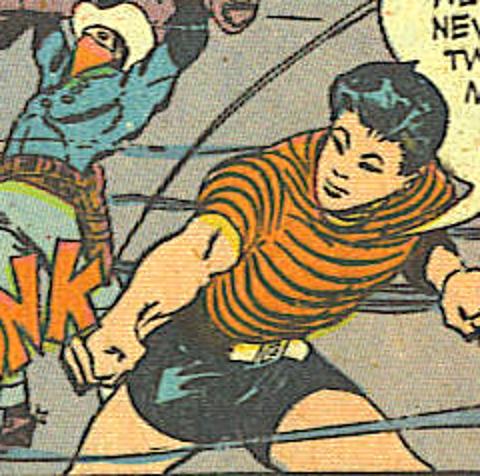
Played straight, Stuff opposed the Tong, and actually had emotions when the Vigilante told him his secret identity
The list included two Asians, Stuff the Chinatown Kid and Wing. Stuff helped the Vigilante and was unusual in that he was played straight. By contrast, Wing assisted the Crimson Avenger and made a lot of jokes. But he seems to have been at his jokiest when he was beating up from between one and five white adult males.
The Crimson Avenger started dressed in a suit, bright red cape, and mask. He used a regular gun and a gas gun. If he were dressed in green he would be a Hornet. He even had a uniformed chauffeur, Wing. First appearance was in 1938, making Wing the first sidekick in comics, though since he had a license he was probably a teenager. When the Crimson Avenger took to a regular superhero costume Wing took on a countercharged costume with a different symbol. It was a color scheme similar to the Flash and the Reverse Flash. This happened in 1942.
If you include a chauffeur’s uniform as a hero costume, Wing was the first sidekick, not Robin. If the costume must be a full superhero’s costume, Robin still holds that place.
Comic books made a mark though in millions of minds. It quickly became so much a part of the culture that in short order it became a reference people made. In 1939 Batman was introduced. In 1943 he was the subject of a movie serial. They were the subjects of radio shows.
Kids who bought comics would be able to listen to radio shows and watch movie serials. It made superheroes part of a multimedia experience before the word was invented. They took it as their part in this world to do better, not as adults but as children. They were taught to value themselves while they were becoming who they would eventually be.
And events conspired to tell those children – all of them – that they were right. The war reached America.
It’s well known that Captain America punched Hitler in the face in March 1941, nine months before America faced that same point of no return that Europe had faced. What wasn’t noticed was kids were the main readers of that punch in the face.
When the war came to America, America wasn’t able to win the war as it was. The kids had to do their part. This was no longer being a 9 year old drummer boy who might not live to be 10 (happened). It was the new tools of war: industry, resources, and mass propaganda.
Boys took jobs which were once denied to their fathers. Girls took on home duties as their mothers went to jobs they had once been denied, too. Families pulled in their belts to support the troops.
Americans were shocked when Japan bombed Pearl Harbor. It was a bad plan done well, as has been observed. They bombed ships but not the repair docks or the fuel supplies. The American navy was back in full prewar strength in months and continued to expand.
Across the country, kids, mostly boys, read comic books, mostly superheroes. The heroes went to war and did so with a vengeance. Captain America, literally created to fight Nazis, continued to do so. But so did other heroes. The kids were motivated by comic books.
Hitler banned comic books in Germany. We have forgotten that. Even today, the market for comic books is weaker in Germany than most of the rest of Europe, the United States, and Japan. And what market there is is mostly Disney funny animals.
Comics were banned in 1933 apparently at Hitler’s own command. Part of his plan to purify German culture. Of all the comic book characters the one who really annoyed the Nazis was Superman. He sounded like a Nazi propaganda point and he was created by Jews. They also disliked his red trunks.
Japan had their own version of comic books: manga and anime. The Japanese government did not ban comics like the Nazis. From the thirties on the government censored them, enforcing the cultural nationalism that was their policy and then the war effort.
In this, Japan was more like the Allies than the Nazis. And their traditions of comics and animation, taken over by the government, was freed from the government by the loss of the war. As a result the traditions now reaching to America were reborn in an apocalyptic view of the world in a country which had virtually gone through an apocalypse twice in a short period.
In America, kids were a part of the war. The saved their money and bought a small but significant portion of the bonds which funded that war. When the bonds matured after the war, they funded as much prosperity as America had. And if America did not, in fact, have great growth after the war, it did not have a recession.
Kids gathered resources to give soldiers supplies. Paper was needed, and often it was comic books which was made into pulp.
But comics also went to Europe. Soldiers were from 16 (liars who said they were older) to 45. The average age was 26. They needed something to take their mind off the war but not too far. So it was that comic books were popular and shipped to the front where, in Germany, they were associated with losing the war.
Superheroes fought the war and in so doing became part of the hierarchy. Superman no longer broke laws. Batman carried a Gotham City police badge and gave speeches to crowds. They were no longer exciting enough. By the end of the war superheroes were associated with a pre-war world that was no longer relevant. Their largely magical powers didn’t resonate, but science fiction would.
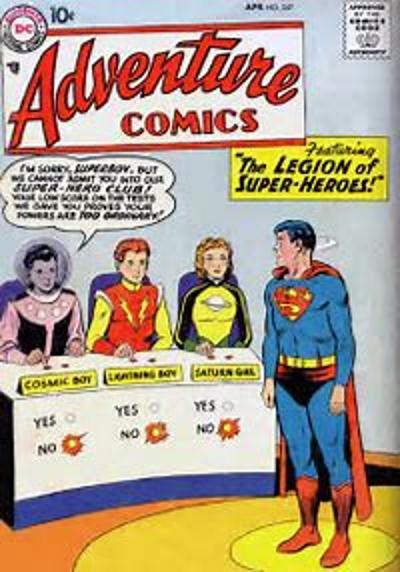
Superboy started in 1948 out not trained by an adult and he met the Legion of Superheroes in
1958 who also didn’t have adult trainers – all before Spider-Man
One last kid was added, not a sidekick to anyone. He was 8. He was Superboy. He was quickly slotted into stories a prewar where the Depression didn’t happen. But whatever people say about Spider-Man, Superboy was the first kid to be a hero in his own right, rather than a sidekick.
Superheroes were not the thing any more, but what the sidekicks had started became the norm. Children were seen and heard and that made them a subject of concern. A German, who had lived under Hitler’s condemnation of comics, came to America and changed his name. Using pseudo-science he said comic books were turning America’s youth into delinquents. He nearly closed down horror comics but I think superheroes needed to find a new theme. But the connection between Hitler’s ban and this man’s unscientific condemnation of them has gone unnoticed from that day til this line in this article.

Starman has a cosmic rod, can fly, send out bolts of power, and erect a shield.
How is he different from the vary early Green Lantern?
Why didn’t they try to revive him after World War II when kids were after science fiction?
It took time to find this and it was faltering. Starman, a golden age hero, was an astronomer who had a cosmic rod that drew down the power of the stars, did not work pre-war. When Green Lantern was revived, instead of a magical ring powered by a sentient meteorite, he was a space cop. I have no idea why they didn’t try to revive Starman, who fit the new ethos.
When science was embraced, it helped revive comics. And kids were again at the forefront. The concentration on building a future rather than surviving the present made children, kids, the ones who would live in that future now had a recognized value.
A kid who was 10 in 1938 was 20 after the war. They had taken comics to Europe with them and killed Nazis, to Japan where they killed Imperial Japanese. At home, their children, who were kids in the early sixties became those college kids who read comic books.
The college campus was the center of a shift in society and while it’s ‘acceptable’ to say they praised Che Guevara or marched in the streets, no one mentions that they in fact found Spider-Man, and the Hulk just as much exemplars of the revolution they wanted. They found Dr Strange and Nick Fury (Snr) stories of opening consiousness. It is only, literally only prejudice against comics that people don’t mention that.
DC was the conservative side, Marvel was the side wanting change. For a time, Marvel outsold DC. Then the change happened and the kids grew up and politics increasingly seemed irrelevant. They weren’t.
Comics completed their arc. They are currently seeking another. If it finds one, and it will have to catch fire with kids from preadolescents to new adult, it will again be a major force in changing society. Maybe this time people will admit it.

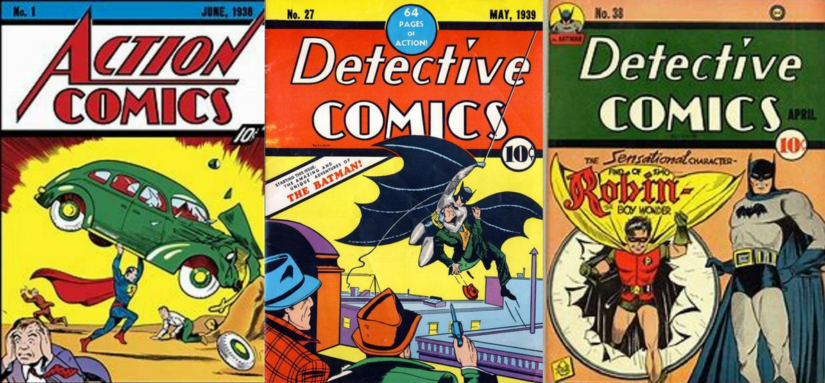

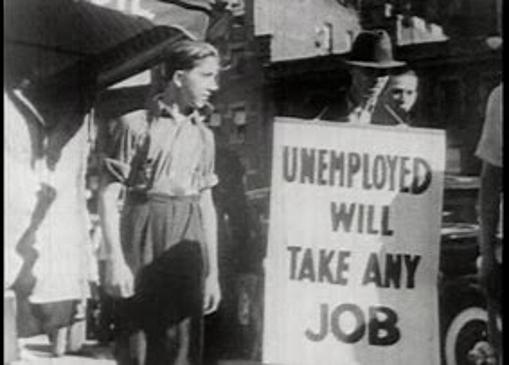
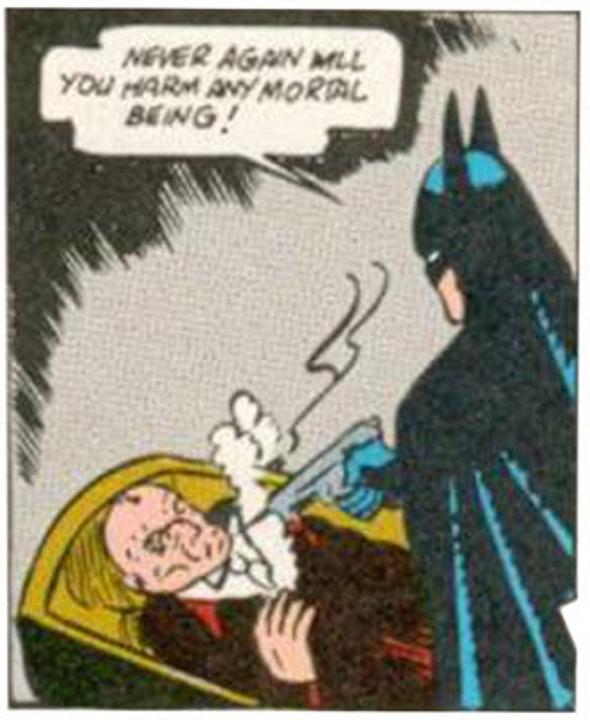





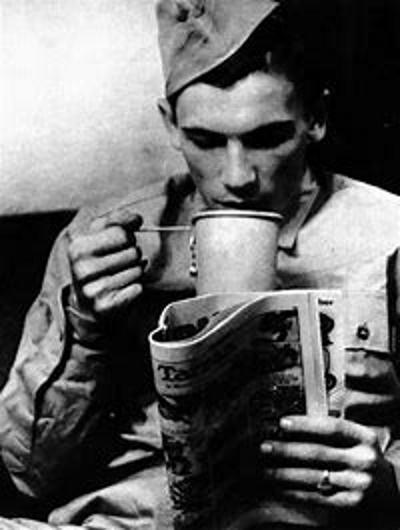
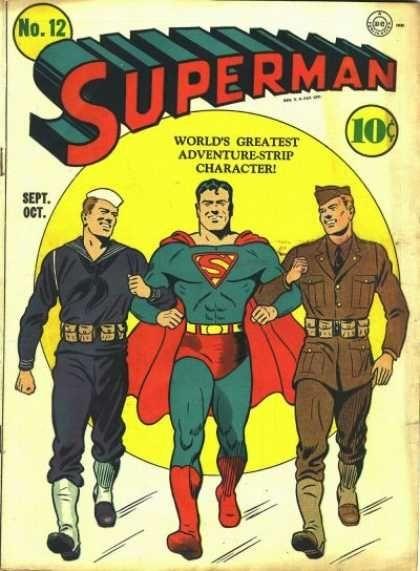
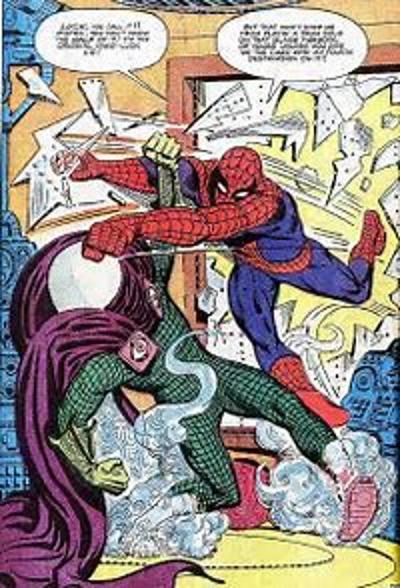
Comments are closed.